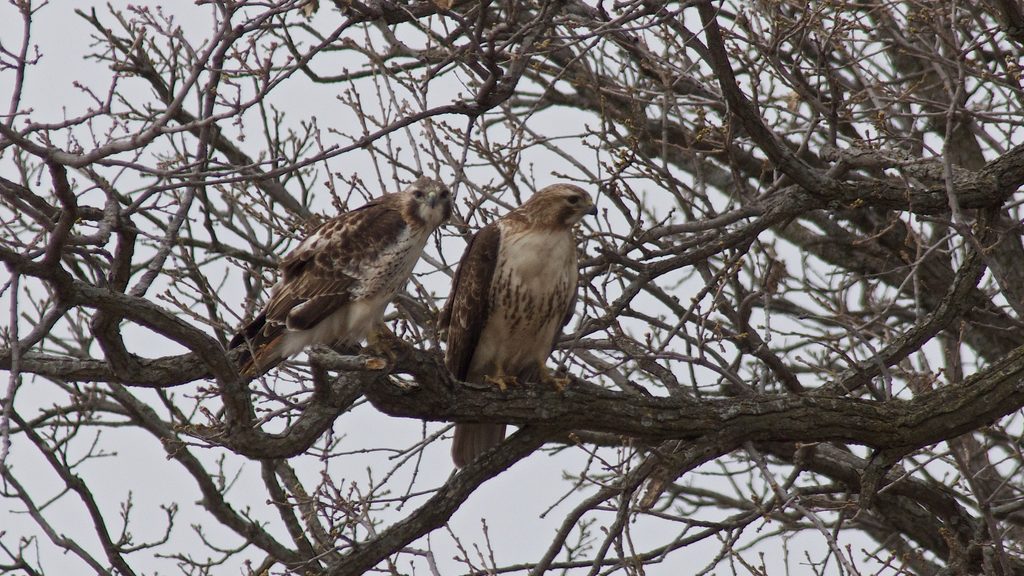With the icy wind blowing and the geese amassing once again on Lyman Lakes, we have come to this time of the year when the idea of migration resurfaces from the back of everyone’s mind.
The Franklin’s Gulls (Leucophaeus pipixcan) have already embarked on their southward journey. Their summer breeding ground mostly consists of marshes and lakes of north-central North America; in the fall, they migrate through interior North America to reach their wintering grounds along the coast of South America. Franklin’s Gulls demonstrate high sociality during migration and wintering, as flocks of thousands or even millions have been recorded on wintering grounds. Last September, a flock of more than a hundred individuals was observed on campus.
Another flock migrator observable here in Northfield is the Broad-winged Hawk (Buteo platypterus). In the summer, these medium-sized raptors breed in deciduous or mixed forests of eastern North America. During migration, they form huge wheeling flocks known as “kettles” (which, to quote All About Birds, “evoke a vast cauldron being stirred with an invisible spoon”). They then winter in the forests of Central and South America. The most popular place in the state for migration watching would certainly be Hawk Ridge, where thousands can be seen at once; the records in Northfield are certainly sparse in comparison to those of Hawk Ridge, but the Broad-winged Hawk is no doubt a charming frequenter of these skies.
For more information on the majestic migrators and how to identify them, visit All About Birds.
–Kestrel Liu ’23, for the Cole Student Naturalists

Add a comment